Meet two proudly local producers who are working to keep their French heritage alive.
It’s all about the squeak. That, according to Pascal Robitaille, is how you tell a superior cheese curd from any run-of-the-mill contenders. “In my opinion, the best curds come from cheddar cheese, because the humidity factor is at about 30 per cent,” he says. Any less, no squeak.
Any more “and it’s soggy, especially when you add the sauce,” referring to the combination of fries, gravy and cheese curd we all know as poutine.
If anyone is going to be defining the gold standard for this iconic French-Canadian form of cheese, it’s a representative of fromage St. Albert, a dairy cooperative located in a tiny town of the same name (population 500). But it might surprise you to learn that it’s actually located in Ontario, not far from the Quebec border. Ontario is home to Canada’s largest French-speaking community outside of Quebec, many of them in Northeastern Ontario. In fact, “The St. Albert cheese factory has been around since 1894, which means we’ve been making cheese for 127 years,” says Robitaille, the company’s customer experience director.
Currently co-owned by 32 farmers, some of whom are the fifth or sixth generation descended from the co-op’s original founders, St. Albert produced three million pounds of cheese curds in 2020, shipping this quintessential francophone food to stores across Canada. (Pro tip from Robitaille, who, like all employees, gets 200g of free cheese at work every day: If you want to thaw frozen curds, place them in a plastic bag in hot water for 45 seconds and they’ll be ready to consume, squeak and all.)

When the original plant burned down in 2013, the co-op decided to add a restaurant, complete with a second floor viewing window onto the cheesemaking floor below. “Obviously, poutine is our number one seller,” says Robitaille. “We also have pop curds, which are curds dipped in panko breadcrumbs and fried. They’re very good.”
When you visit, you’ll be greeted in French, and a green-and-white Franco- Ontarian flag flies proudly above the factory. “It’s a very, very French place,” he says, noting the many decades of struggle that this area’s population had to endure to keep their culture and language alive.
“They’ve always had to fight, and they’re very proud of their French heritage.” One of the ways they’re keeping that alive at St. Albert is through plans for a cheese expert certification program, not dissimilar to a sommelier training. Four hundred kilometres to the northwest, on the shores of Lake Nipissing, Mitch Deschatelets is getting ready for the growing season ahead.
“We’re getting started on pruning the raspberries, taking the straw off the strawberries, getting the hardy vegetables like carrots in the ground,” says Deschatelets, the third generation of his family to work this patch of land, a large-scale pick-your own known as Leisure Farms, just outside of Sturgeon Falls. It’s the kind of place you go to camp in the summer and snowmobile across the frozen lake in the winter.
“It’s a very friendly community,” he says of the surrounding area. “The main language is French. I think it’s 84 per cent francophone, and there’s also a large Indigenous culture in the area.”
The family’s French heritage is also obvious in the food they sell at their farm gate store, including meat pies on fudge. Both are made from old family recipes that have been passed down from generation to generation.
“We’ve seen descendants of families that have been coming since their grandparents brought their parents, and now they’re bringing their own kids,” he says.
And it’s not just visitors; he notes that many locals work at the farm at some stage in their life. “We get to know our customers. French families are known for being very close, and I think you can see that in how we operate at the farm.
We get pretty close to our employees, and we gather over meals.” And what better way to connect with Francophone culture than through food – grown and made in Ontario.
CONTENT FROM GLOBE CONTENT STUDIO
ORIGINALLY PUBLISHED MAY 28, 2021
as part of the Great Taste of Ontario Special Report




